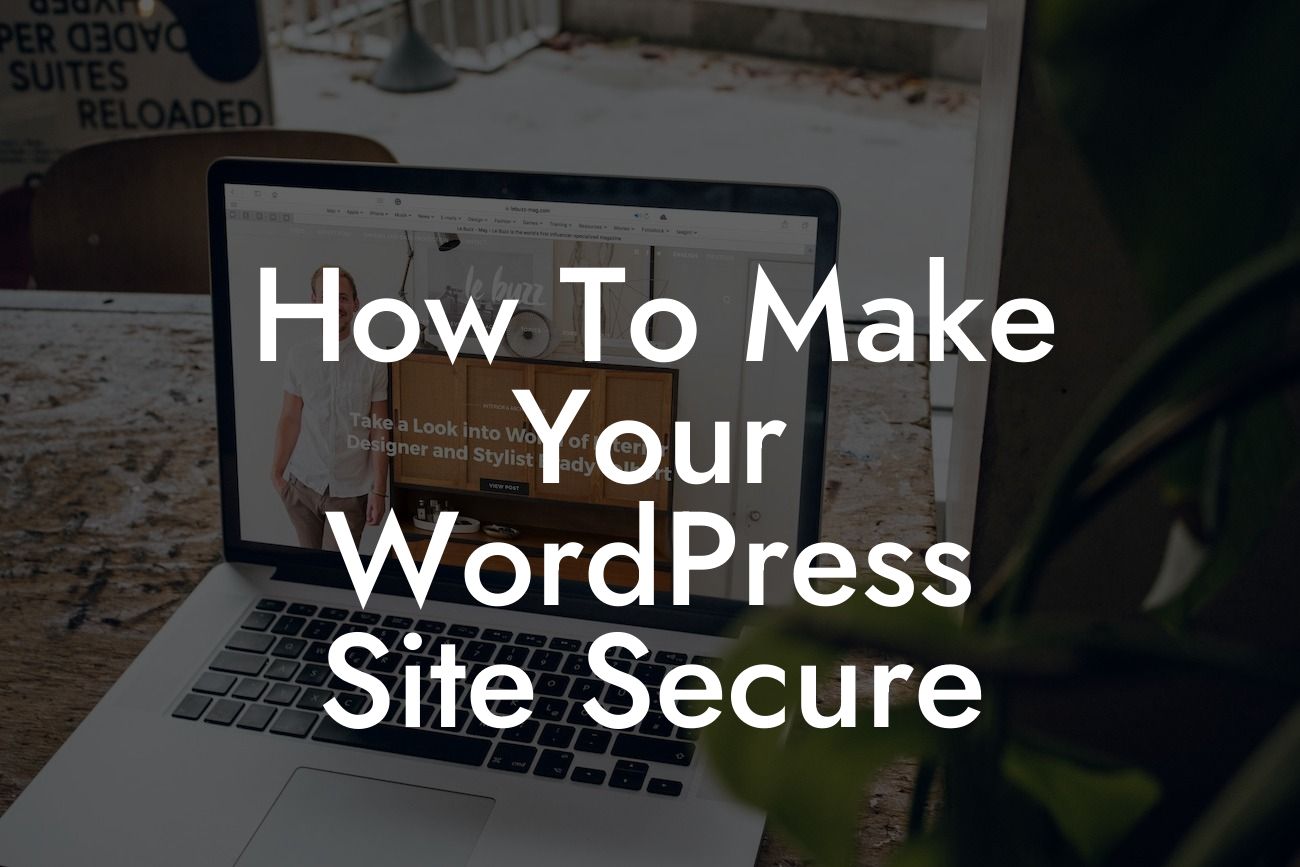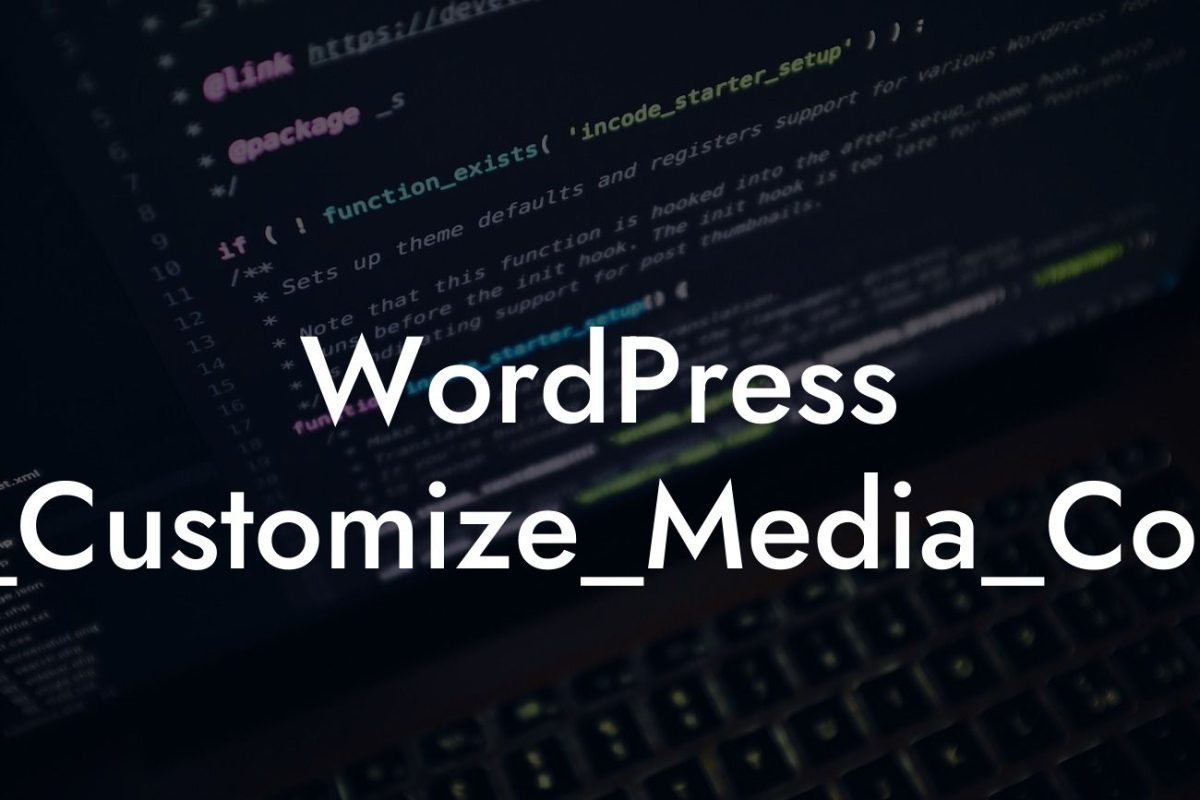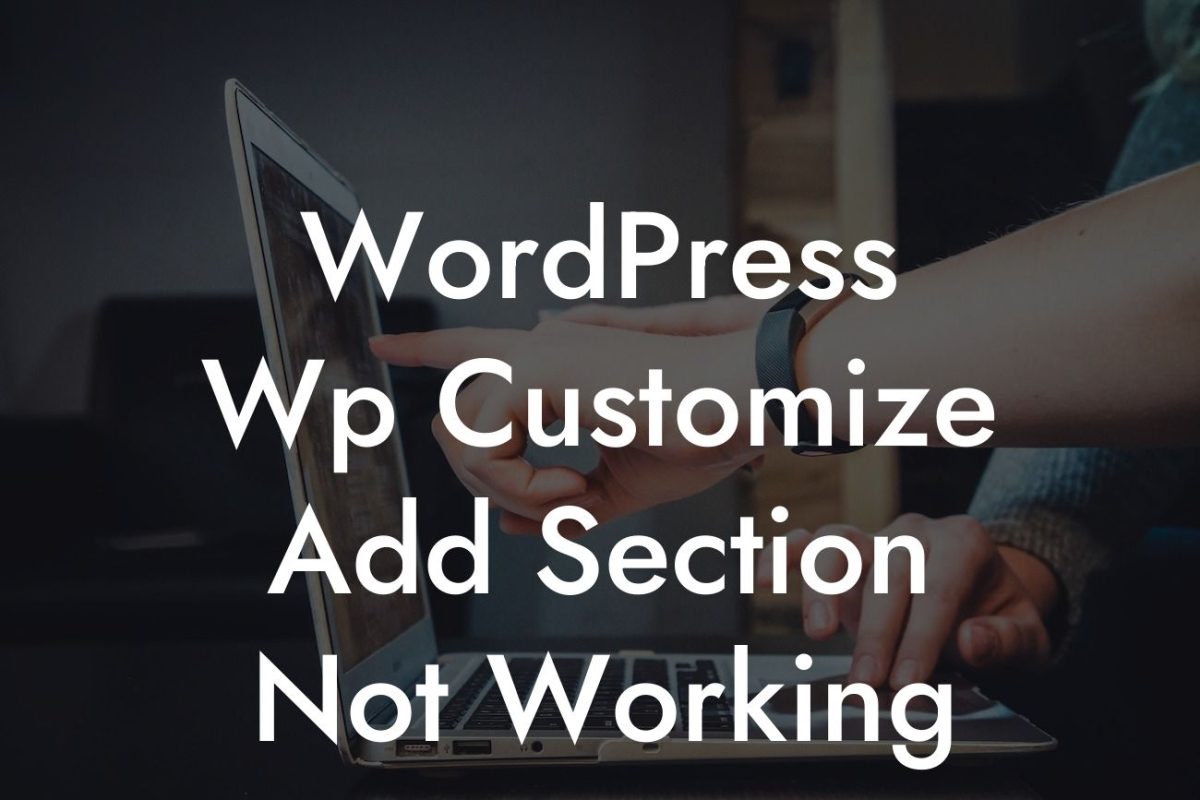WordPress has become a powerhouse platform for small businesses and entrepreneurs to establish their online presence. However, with its popularity comes the risk of security threats. In this article, we will delve into the vital steps you need to take to make your WordPress site secure. By implementing our expert tips and techniques, you can protect your valuable data, keep hackers at bay, and ensure a smooth online experience for your users.
H2: Choose a Reliable Web Hosting Provider
Your website's security starts with the right foundation. Opt for a reputable web hosting provider that prioritizes security measures and offers regular updates and backups. By choosing a reliable hosting provider, you can minimize the vulnerabilities and ensure your site remains safe from potential threats.
H2: Keep Your WordPress Core Updated
The WordPress team frequently releases updates that include vital security patches and bug fixes. Make it a top priority to regularly update your WordPress core to the latest version. This simple step will help close any known security loopholes and improve the overall security of your site.
Looking For a Custom QuickBook Integration?
H2: Use Strong and Unique Passwords
Passwords act as a first line of defense against unauthorized access. Create strong and unique passwords for your WordPress admin account as well as all user accounts associated with your site. Incorporate a mix of uppercase and lowercase letters, numbers, and special characters to increase the complexity. Additionally, consider using a reputable password manager to store and generate secure passwords.
H2: Install a Reliable Security Plugin
Investing in a robust security plugin is crucial to defend your WordPress site against various threats. Look for plugins that offer features like malware scanning, firewall protection, and brute-force attack prevention. Our DamnWoo plugins cater specifically to small businesses and entrepreneurs, providing an all-in-one security solution for your WordPress site.
H3: Regularly Backup Your Site
Backing up your site is an essential practice to recover from any unforeseen incidents. Choose a reliable backup solution that automatically backs up your entire site, including databases and files. This ensures that even in the worst-case scenario, you can restore your site to a previous working state with minimal downtime.
H3: Implement Two-Factor Authentication
Adding an extra layer of security with two-factor authentication (2FA) significantly reduces the risk of unauthorized access to your WordPress site. By requiring a second authentication method, such as a unique code sent to a mobile device, you ensure that only authorized users gain access to your website's admin area.
How To Make Your Wordpress Site Secure Example:
Let's say you have a small e-commerce store built on WordPress. In order to protect the sensitive customer data and maintain a trustworthy online shopping experience, you've followed the steps mentioned above. You have a reputable web hosting provider that offers SSL encryption, you regularly update your WordPress core and plugins, and you've implemented a reliable security plugin. In addition, you enforce strong and unique passwords for your admin and staff accounts, and you conduct regular backups to ensure you have a restore point in case of any unexpected issues. As a result, you can confidently run your online store, knowing that your customers' data is secure and your business is safe from potential threats.
Safeguarding your WordPress site is crucial in today's digital landscape. By following these expert tips and implementing the necessary security measures, you can ensure the protection of your valuable data and provide a secure experience to your users. Explore DamnWoo's range of powerful plugins designed exclusively for small businesses and entrepreneurs to take your site's security to the next level. Share this article with fellow WordPress users and stay tuned for more insightful guides to elevate your online presence.













